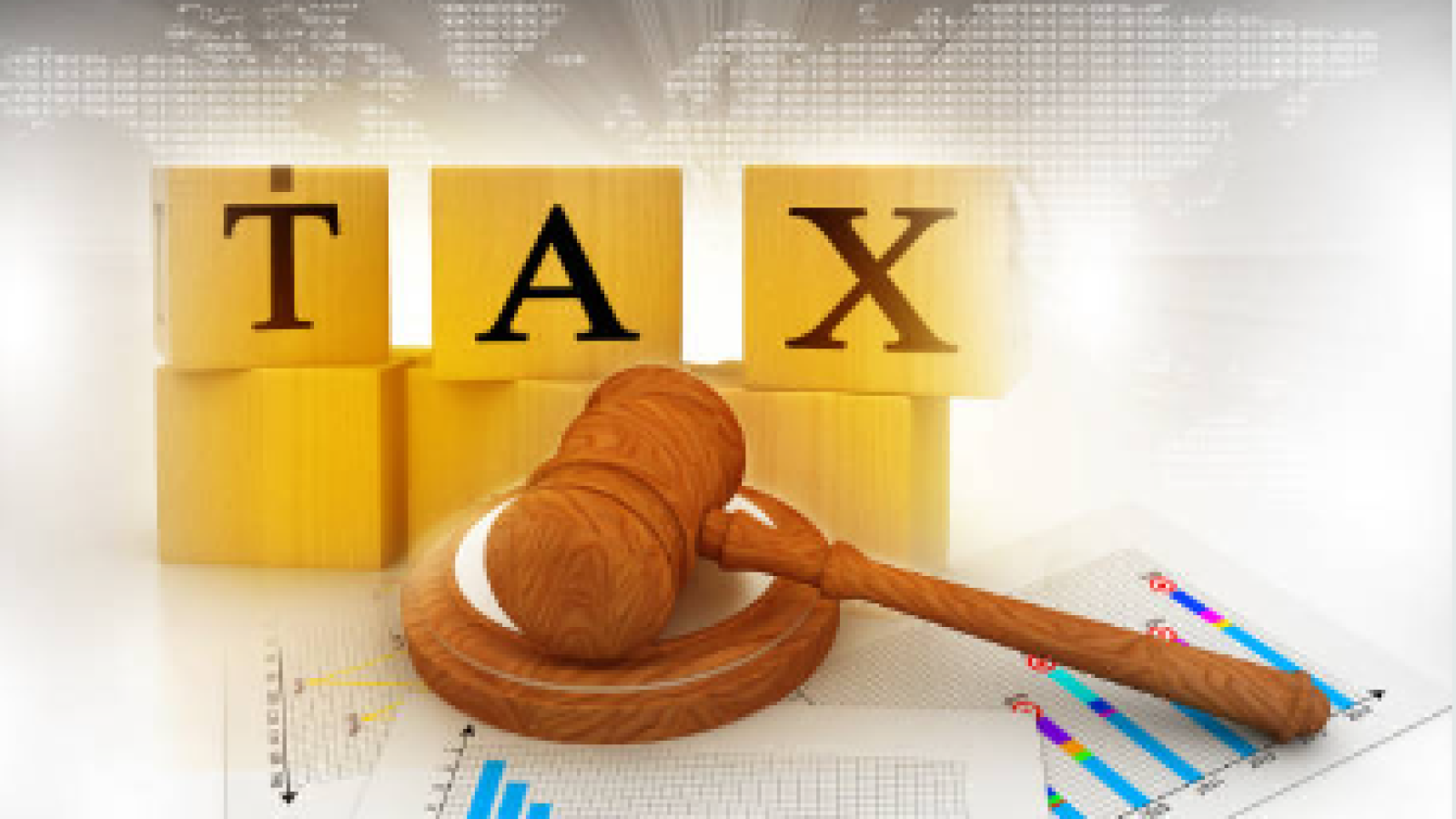Introduction
Are you puzzled by your valuation report? Trying to decipher its findings and what they mean for you? Look no further! This comprehensive blog post will guide you through the intricate world of valuation reports, revealing their true significance and helping you make informed decisions based on the insights they provide.
At some point, you may have come across phrases like “valuation report” or “fair market value.” These terms can leave you feeling perplexed, but fear not! In this blog post, we will explore the key components of a valuation report, learn how to interpret its findings, and discuss the importance of choosing the right valuation service provider.
Uncovering the true meaning behind your valuation report allows you to have a clear understanding of your assets, investments, or business worth. So, let’s dive in and unlock the secrets within your valuation report!
- What is a Valuation Report?
A valuation report is a comprehensive document that determines the fair market value of an asset, business, or investment. It provides a detailed analysis of various factors, including financial performance, industry trends, risk assessment, and comparable company data. Think of it as a roadmap that guides you towards understanding the value of your investment in the context of the broader market.
- Why do You Need a Valuation Report?
Understanding the true value of your assets or investments is essential for making informed financial decisions. A valuation report enables you to assess the performance, potential, and risks associated with your investment. Whether you’re looking to sell your business, secure financing, or understand your net worth, a valuation report arms you with the necessary insights.
- Key Components of a Valuation Report
4.1 Fair Market Value
Fair market value is a critical component of any valuation report. It represents the price at which an asset would exchange hands between a willing buyer and a willing seller in an open and unrestricted market. The fair market value is determined by considering various factors, including recent transactions, industry standards, and economic conditions.
4.2 Valuation Methodology
Valuation methodology refers to the approach used to calculate the value of an asset. There are several methodologies commonly employed, such as the income approach, market approach, and asset-based approach. The valuation report should explain which methodology was employed and provide a clear rationale for its selection.
4.3 Industry Analysis
An in-depth analysis of the industry in which the asset or business operates is crucial for understanding its value. The valuation report should provide insight into industry trends, growth prospects, competitive dynamics, and any factors that may impact the value of the asset.
4.4 Financial Analysis
Financial analysis evaluates the financial performance and health of the asset or business being valued. This analysis includes reviewing historical financial statements, cash flow projections, revenue growth rates, profitability metrics, and other relevant financial indicators. The valuation report should present this analysis to help you understand the financial aspects of your investment.
4.5 Comparable Companies
In many valuation reports, a comparison is made with similar companies in the same industry. This helps provide a benchmark for evaluating the value of the asset or business. The valuation report should identify and analyze comparable companies, highlighting key similarities and differences and explaining their impact on the valuation.
4.6 Risk Assessment
An assessment of the risks associated with the asset or investment is crucial for determining its value. The valuation report should identify and evaluate risks, such as industry-specific risks, market volatility, regulatory changes, and company-specific risks. Understanding the risks involved allows you to make informed decisions and take appropriate actions.
- How to Interpret Your Valuation Report
5.1 Understanding Fair Market Value
Fair market value is the cornerstone of your valuation report. It represents the price at which an asset would be valued in an open market under normal conditions. Pay close attention to how fair market value is determined in your report and consider factors such as recent transactions, industry trends, and market conditions.
5.2 Analyzing Valuation Methodology
The valuation methodology employed in your report plays a crucial role in determining the value of your asset. Make sure to understand why a specific methodology was chosen and how it aligns with the nature of your investment. Look for explanations, supporting data, and comparisons to help you grasp the value calculation.
5.3 Interpreting Industry Analysis
The industry analysis section of your valuation report provides valuable insights into the broader market landscape. Look for trends, growth projections, competitive dynamics, and any other industry-specific information that may affect your asset’s value. Consider the long-term prospects of the industry and evaluate how your investment aligns with these trends.
5.4 Evaluating Financial Analysis
Dive into the financial analysis section of your valuation report to gain a deeper understanding of your investment’s financial performance. Pay attention to key financial metrics, growth rates, profitability, and cash flow projections. Evaluate how your investment compares to industry benchmarks and assess its financial prospects based on the provided analysis.
5.5 Assessing Comparable Companies
The comparison with comparable companies helps put your investment’s value into context. Examine the selection criteria for comparable companies and consider their similarities and differences to your investment. This analysis sheds light on how your investment is perceived within the market and enables you to identify areas of strength or weakness.
5.6 Grasping Risk Assessment
Risk assessment is crucial for understanding the potential challenges and uncertainties surrounding your investment. Review the identified risks in your valuation report, considering both industry-wide and specific risks. Look for mitigation strategies or recommendations provided to minimize these risks. Understanding and acknowledging the risks involved empowers you to make informed decisions about your investment.
- Common Pitfalls to Avoid
6.1 Ignoring Detailed Explanations
Don’t overlook the detailed explanations provided in your valuation report. They are there to help you understand the reasoning behind various assessments and calculations. Take the time to read and absorb these explanations to ensure you grasp the full picture.
6.2 Overemphasizing a Single Metric
While a single metric may seem enticing, it is essential to view it in the context of the entire valuation report. Don’t get fixated on one number; instead, consider the comprehensive analysis and evaluation of various factors. A holistic understanding is crucial for making well-rounded decisions.
6.3 Dismissing Industry Trends
Industry trends have a significant impact on the value of your investment. Avoid disregarding or underestimating the importance of industry analysis in your valuation report. Stay informed about current and future trends and evaluate how they might influence your investment’s long-term prospects.
6.4 Neglecting Risk Factors
Risk assessment is a vital part of a valuation report. Failing to consider or address the identified risks can lead to unfavorable outcomes. Pay attention to the risks highlighted and seek expert advice to develop strategies for managing or mitigating these risks.
- How to Choose the Right Valuation Service Provider
7.1 The Importance of Expertise
When selecting a valuation service provider, expertise is paramount. Look for providers with a proven track record, relevant certifications, and experience in your specific industry. An experienced valuation professional can provide a thorough and accurate report tailored to your needs.
7.2 Reputation and Reviews
Research the reputation of potential valuation service providers. Seek out reviews, testimonials, and references to ensure they have a solid reputation for delivering high-quality reports. Feedback from previous clients can give you valuable insights into their professionalism and reliability.
7.3 Transparent Processes
Transparency is vital in the valuation process. Make sure the service provider follows transparent processes and provides detailed explanations throughout the report. This ensures you have a clear understanding of how the valuation was conducted and allows you to question or seek further clarification if needed.
7.4 Understanding Your Needs
Choose a valuation service provider who takes the time to understand your specific needs and goals. A tailored approach ensures the report aligns with your objectives and provides the insights necessary for your decision-making processes.
Conclusion
In conclusion, a valuation report holds the key to understanding the true value of your assets, investments, or business. By analyzing its various components, such as fair market value, valuation methodology, industry analysis, financial analysis, comparable companies, and risk assessment, you can unlock valuable insights.
Remember to avoid common pitfalls and take a holistic approach when interpreting your valuation report. Choosing the right valuation service provider, one with expertise, a solid reputation, transparent processes, and an understanding of your needs, is crucial to obtaining an accurate and meaningful report.
Now armed with knowledge and a deeper understanding of valuation reports, you can confidently make informed decisions that align with your financial goals. Remember, a valuation report is a powerful tool that empowers you to navigate the intricate world of asset valuation, so embrace the opportunities it presents and take charge of your financial future.
[CTA: Contact our expert valuation service provider to uncover the true value of your assets!]
[Internal Link: Learn more about the valuation process in our comprehensive guide.]
[External Link: Delve into industry trends that impact valuation reports.]





